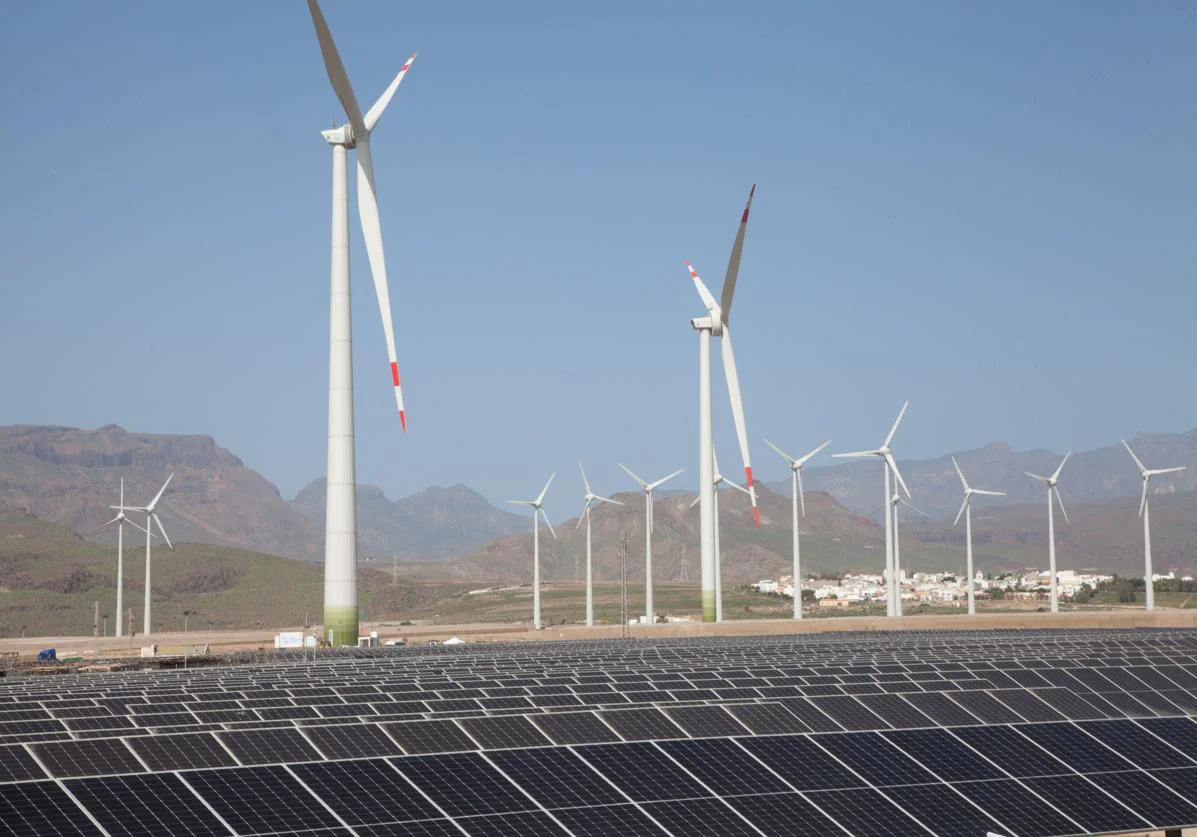Agreement wages rise 2.45% until June, almost eight points below the IPC

The wages agreed in the agreement rose by an average of 2.45% until June, a figure slightly higher than the figure for May (2.42%), but almost eight points lower than the advance CPI for the month of June, which stood at 10, 2%, according to data extracted from the collective bargaining statistics of the Ministry of Labor and Social Economy.
Unions and employers break without agreement the negotiation of the salary increase for 2022
Know more
This salary increase is below the 3.6% increase agreed between the Government and the unions for the minimum interprofessional salary (SMI) and is somewhat more in line with the guidelines set out in the Interconfederal Agreement for Employment and Collective Bargaining ( AENC) 2018-2020, which proposed wage increases of around 2% plus one percentage point linked to concepts such as productivity, business results and absenteeism.
This AENC has not been able to be renewed for 2022 due to the existing differences regarding the salary review clause, inalienable for unions and unacceptable for employers due to high levels of inflation.
The Government has again insisted on the social agents to negotiate an income pact with which to moderate wages and business benefits, and they will meet again after the summer to continue discussing it.
The unions, which have started a campaign of mobilizations in defense of the improvement of wages, demanded from employers a rise of 3.5% for this year, with review clauses so that workers do not lose purchasing power in the face of high levels of inflation. For its part, the proposal that the CEOE put on the table included a salary increase of 3.5% for 2022, but without a review clause.
At the moment, with the data up to June, the salary increase agreed upon in the agreement is more than one point below that proposed in this negotiation by both the CCOO and UGT (3.5%) and the CEOE, but in the latter case excluding the guarantee clause.
Most of the agreements registered until June in the Labor statistics were signed in previous years, even if they take effect in 2022.
Specifically, until June a total of 2,314 collective agreements with economic effects had been registered for that period, of which only 291 have been signed this year, with an average wage increase of 2.58%. The rest, 2,023, were signed in previous years and include a slightly lower average salary increase of 2.44%.
The 2,314 agreements registered until June gave protection to just over 6.17 million workers.
Three out of four workers, without a review clause
According to Labor statistics, most of the agreements registered until June do not have a salary review clause to avoid losses in purchasing power. Specifically, of the 2,314 agreements recorded, only 14.6% (339) had a salary guarantee clause and of these, 255 contemplate that it be applied retroactively.
The agreements that include a review clause affect just over 1.52 million workers of the 6.17 million covered by the agreements registered until June, the equivalent of 24.7% of the total. Thus, the bulk of workers (three out of four) lack safeguard clauses in their collective agreements. The number of workers protected with this instrument has fallen compared to previous months, since in March it exceeded 29% and in May it stood at 25.7%.
The Bank of Spain has warned of the risk of introducing salary revision clauses in the agreements at this time in order to experience second-round effects on inflation. In recent years, the percentage of workers protected by this clause was less than 20%. Now it is at 24.7%, but it has come close to 30%.
Three out of ten agreements include increases of more than 3%
Of the total agreements registered in the first six months of the year, 1,768 were company agreements, with effects on 400,786 workers and an average wage increase of 2.69%, while 546 were sectoral agreements and covered 5.7 million workers , with an average wage increase of 2.44%.
Until June, the average working day agreed upon in an agreement stood at 1,726.6 hours per year per worker (1,709 hours in company agreements and 1,727.8 in higher level agreements).
Of the 2,314 agreements registered in the first half of the year, a total of 109, equivalent to 4.7%, contemplated a salary freeze, while 30.4% of the agreements included a salary increase of more than 3%, being the average of 5.42%.
59.1% of the agreements move in average wage increases ranging from 0.5% to 2.5%. The agreements registered until June with wage increases of more than 2% reach 43.5% of the total. The statistics do not include any agreement with a salary cut, unlike 2021, when two agreements of this nature were contemplated.
Workers affected by layoffs rise 27.8%
The Labor statistics also reveal that in the first six months of the year, 308 non-applications of agreements were registered, one more than in the same period of 2021.
However, these 'drops' affected more workers, a total of 11,941, compared to the 9,341 affected until June of the previous year (+27.8%). The 'pick up' of the agreements supposes the revision of the labor conditions in the companies.









